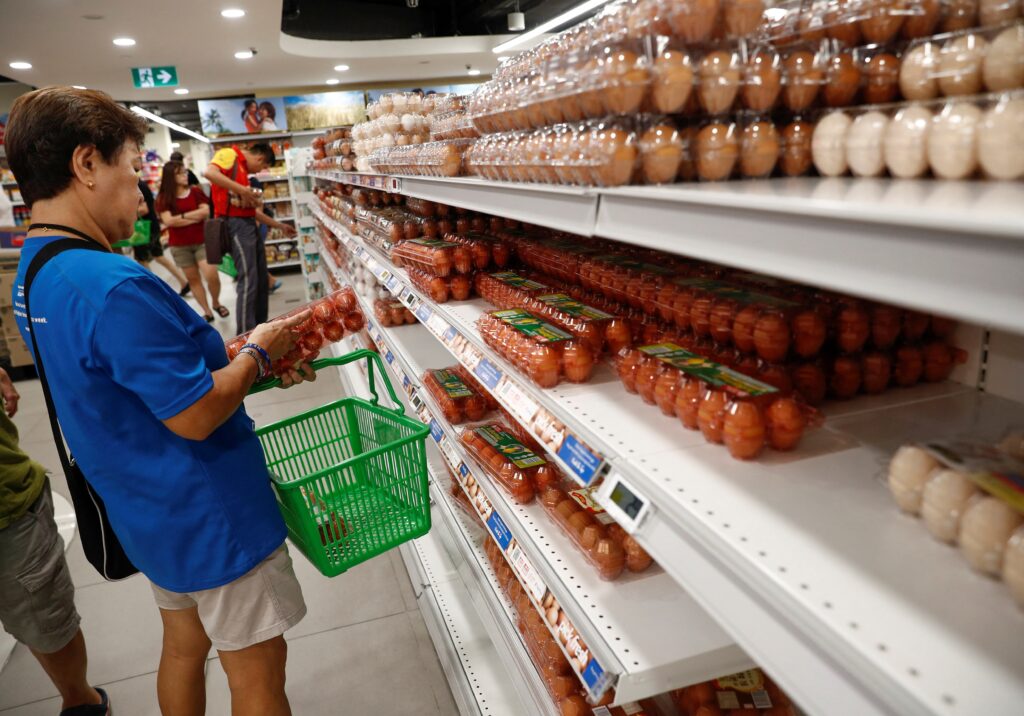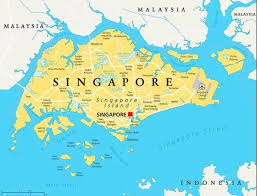Core inflation in Singapore is at the lowest star of four years, just 0.5% in March – What does it mean for common people?
Singapore, 23 April – Core inflation in Singapore, which takes into account daily expenses such as food, clothing and basic services, has fallen to just 0.5% in March 2025. This is the lowest star of the last four years. For the first time after March 2021, core inflation has reached this star.
According to new data from the Monetary Authority of Singapore (MAS), core inflation fell from 0.6% in February to 0.5%. This is the sixth time in a row that core inflation has declined.

What is “Core Inflation”?
Core inflation is a measure that excludes accommodation (living expenses) and private transport (such as buying a car). It focuses on things that people use daily – such as groceries, clothing, personal care products, etc.
One big reason for this month’s decline is that inflation has decreased in almost all core Consumer Price Index (CPI) categories, except the food category.
Decline in inflation: Relief or warning?
Core inflation has also declined by 0.1% month-on-month. This is a positive sign, but some experts are saying that such low inflation can also be a sign of trouble – especially if demand is declining in the economy.

CPI-All Items: Complete Picture
When we talk about CPI-All Items, it includes every kind of expenditure – food, transport, housing, health care, etc.
This broader CPI-All Items saw a growth of 0.9% year-on-year in March, which is the same as in February. But there has been a decline of 0.1% month-on-month here too.
This means that some things like food and private transport have become expensive, but other things have become cheaper – like housing or any other category of expenses.
Sector-wise Breakdown: What is expensive, what is cheap?
The Monetary Authority of Singapore (MAS) and the Ministry of Trade and Industry (MTI) said in a joint press release that food inflation increased from 1.0% in February to 1.3% in March.
The prices of non-cooked food items such as raw vegetables, fruits, and daily groceries have increased.
Prepared meals, i.e. ready-to-eat food items have also become expensive.
Private transport inflation has also increased from 1.6% to 2.1%. The major reason for this is the increase in car prices.
But accommodation and other things have become cheaper.
At a time when food and private vehicles are getting expensive, the decline in accommodation and some other major categories has not had much impact on the total CPI.
Inflation in the housing category has gone down, due to which overall inflation is stable.
What is its impact on common people and the economy?
Low inflation means that the prices of things are not increasing too much. This provides relief to consumers in the short-term because their daily expenditure remains under control.
But if inflation falls too low – by 0.5%, for example – it could signal that demand in the economy is falling. This means that people are not spending, or businesses are shying away from new investments.
This could also be the beginning of a deflationary trend – which could be detrimental to economic growth in the long-term.

What should we expect next?
Experts and policymakers are closely monitoring whether this inflation trend continues for a few more months or not.
If the low inflation trend continues, the Singapore government and MAS may take some monetary policy actions, such as changes in interest rates, to boost demand.
Falling inflation in Singapore may be good news for consumers in the short-term, but it may also be a warning sign for the economy in the long-term.
If this trend continues, it is important that the government and industries together take new steps to boost activity in the economy.
Now it remains to be seen how this inflation trend behaves in April and the coming months – and whether Singapore is able to maintain its sustainable growth or not.
